In our experience, soy wax provides the best balance of ease of use and consistent results out of all candle waxes available. As a candle maker, it’s important to be able to trust and work with your ingredients and we feel soy wax offers just that. Whilst this is the case, you may from time to time experience a handful of results that aren’t your liking. In this next article of the series, we look at ‘Frosting’.
What is Frosting?
After you’ve poured the soy wax into a jar and left it to cool down, you may notice a white crystal coating sitting around the sides or sometimes on top of the wax. This is known as Frosting. It often looks unpleasant and your customer may think it’s the product of a poor quality candle.
What can cause Frosting?
Frosting is actually a unique and natural effect of using vegetable waxes, especially soy. The wax is trying to return back to its natural form and as a result it begins to crystallize. It doesn’t affect the performance of the candle in any way and also means your wax is 100% natural.
How can I avoid Frosting?
You can add additives to stabilize your wax, but in the interest of keeping it au naturale, we have 5 tips you could try to lessen the effects.
- Frosting is more prone with age. Use your wax flakes within one year of manufacture and recommend that your customer uses the candle within 6 months of purchase.
- Melting temperature guides are good to get you started, however variations in your surroundings and fragrances can increase the chance of Frosting. Adjust the temperature in small increments to see if a higher or lower temperature works better.
- To control temperature further, place the candles on an elevated wire cooling rack. This will prevent them from retaining any excess heat.
- Sometimes room temperature can be too cold for cooling down candles. If this is the case give them some heat and drop it gradually over time.
- For every 100 grams of candle wax you have, add 1-2% of UV Inhibitor to your wax to help protect them from the effect of light. This is especially helpful when selling your candles at markets in the warm summer months.
In terms of a good place to start, we recommend taking a look at our candle making guide. Here you’ll find some key information about how to get started. You’ll also find a wealth of advice from fellow candle makers via our very supportive Facebook Group. As big advocates of soy wax, we’re always keen to offer support and advice where we can, so if you need more help with avoiding frosting, get in contact via our online chat, email or telephone.


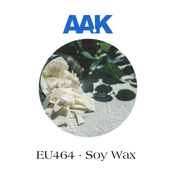


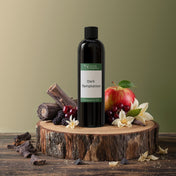
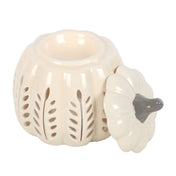
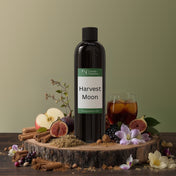
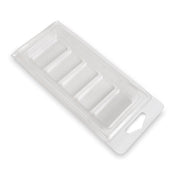

3 comments
NI candle supplies give great support and advice to candle makers
Hi,
Great website and interesting read in your resource centre. I have been testing candles for over 6 months with soy wax and still have the frosting issue. You mention that a UV inhibitor can be used is this something that you sell or would you recommend somewhere to purchase this?
Thanks in advance.
Natalie Kellond
This company is so helpful! So far, they have managed to sort my wicks out, supplied fabulous containers and boxes and now tackled the issue of frosting! Thank you from a novice!